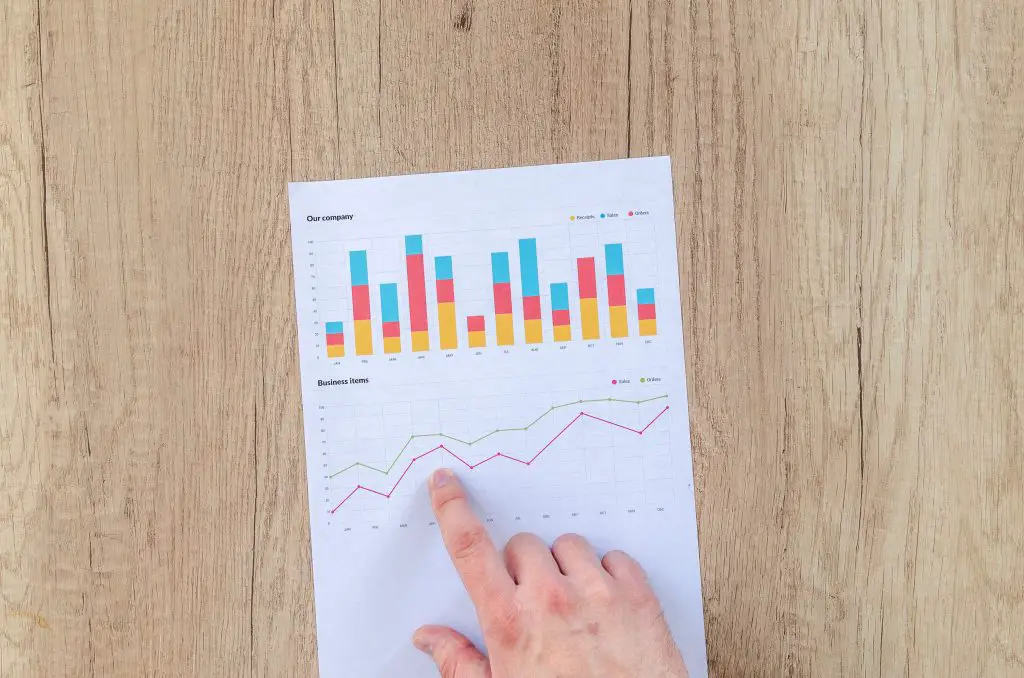In finance and investing the correlation coefficient is used to calculate a statistical measurement of how strong movements in two markets are historically in relation to one each other. The correlation is expressed in a range of values between 1.0 and -1.0. All the readings of the formula are inside the 1.0 to -1.0 range. So any calculations that come out to more than 1.0 or less than -1.0 are an error.
“Diversification is the only free lunch” in investing, says the quote attributed to Nobel Prize laureate Harry Markowitz.
A -1.0 shows a perfect inverse correlation in movement. One market goes up by the same percentage that another one goes down.
A 1.0 shows a perfect correlation in movement. Two markets go up exactly the same in percentage.
A 0.0 shows zero correlation in movement between two markets. They both move randomly in comparison to each other.
- Correlation coefficients are tools to quantify the magnitude of the interrelation of movements of two markets to look at portfolio risk.
- Correlation coefficient values are always measured in a range of -1.0 that shows a strong inverse relationship between two markets and can be used to diversify a portfolio.
- A +1.0 shows a total mirror of movements between two markets
- Any values around zero shows no consistent quantifiable relationship in movement between two markets.
- Correlation coefficient readings of less than +0.8 or more than -0.8 are not high enough to be considered diverse in movement.
When looking at risk in your trading or investing positions the more your holdings are correlated the greater your risk of loss is on an adverse move against you. Diversification in your positions and your watchlist gives you more opportunities for signals to buy a dip or trade a trend.
“Diversification is the only free lunch.” – Harry Markowitz
